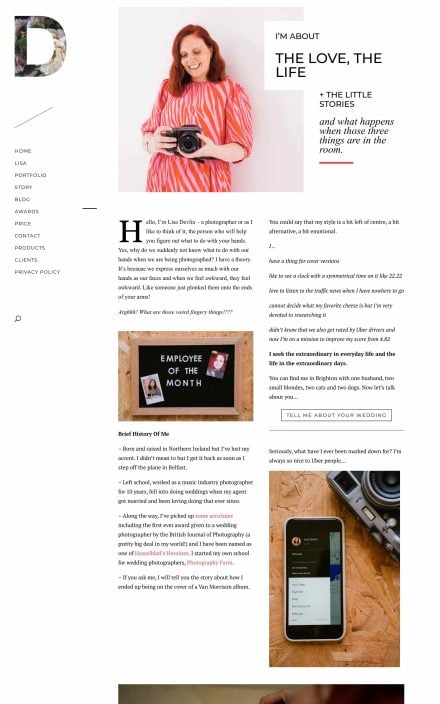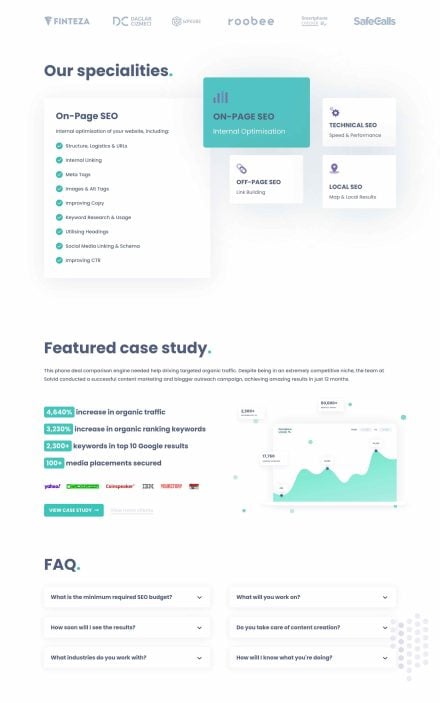Divi Website Examples
Hundreds of thousands of Divi users have built millions of Divi websites. If you are looking for some inspiration, take a look at some of our favorite Divi website examples below.
Creative Spark Films
Visit WebsiteFor me, wedding videography is the art of capturing feeling. My job is to film every moment as it happens, and then intuitively weave it all together into a sincere and beautifully immersive reminder of your wedding day.
— from Creative Spark Films















